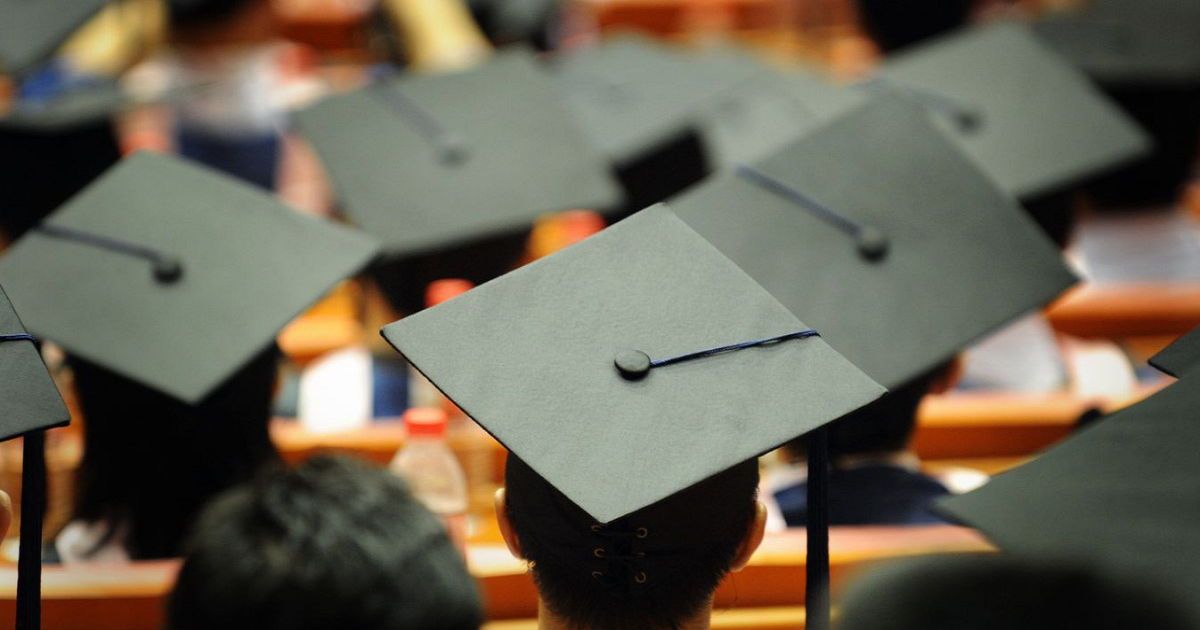The Three Deficiencies of Higher Education
independent | April 19, 2019

A Study on the Student Experiences in Blended Learning Environments The recent Varsity Blues college admissions scandal shows affluent Americans will pay large sums to get their kids into prestigious universities. But why? The evidence is that U.S. colleges suffer from three big deficiencies: They are too expensive, there is relatively little learning going on, and graduates often are “underemployed,” taking relatively low-skilled jobs traditionally mainly filled by high school graduates. Over the past 40 years, the cost of college has roughly tripled. Whereas between 1840 and 1978 tuition fees rose roughly 1 percent annually adjusting for overall inflation, that tripled in modern times, mainly because new federal student financial assistance programs have provided colleges with a golden opportunity to raise fees.With added revenues gained from rising enrollments and higher fees, colleges have gone on an academic arms race. They have built fancier physical facilities, with atriums, climbing walls, and even “lazy rivers.” They have allowed spending on intercollegiate sports to soar, at an increasing cost to students. Above all, they have engaged in massive administrative bloat, hiring swarms of diversity coordinators, sustainability directors, assistant deans, etc., so now at many schools there are more bureaucrats than teaching faculty.